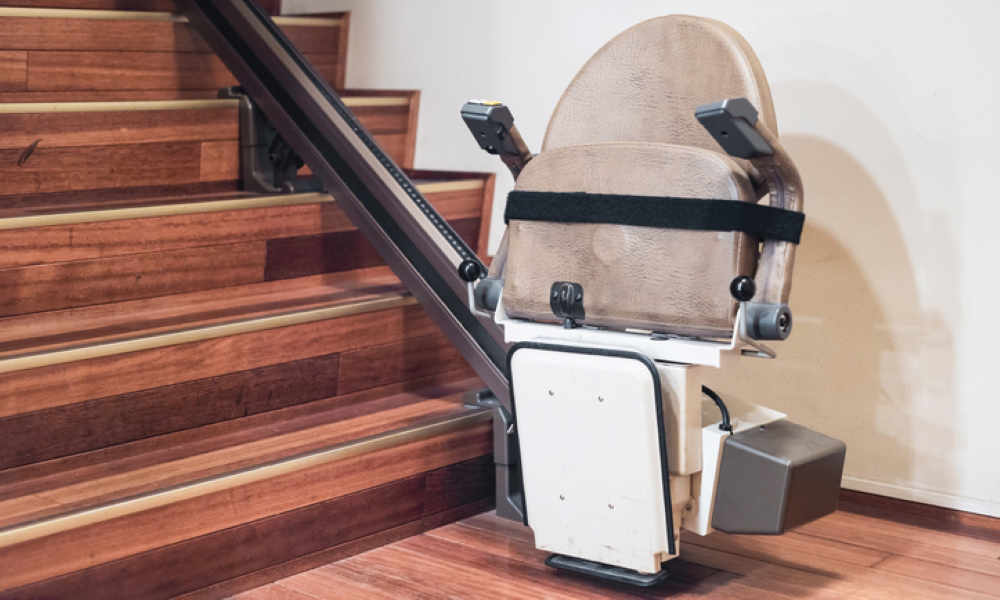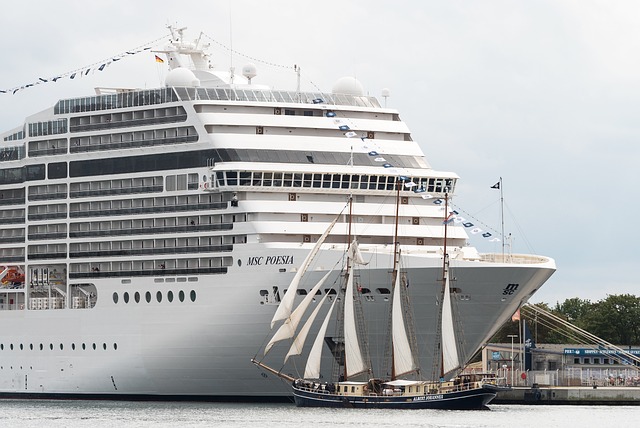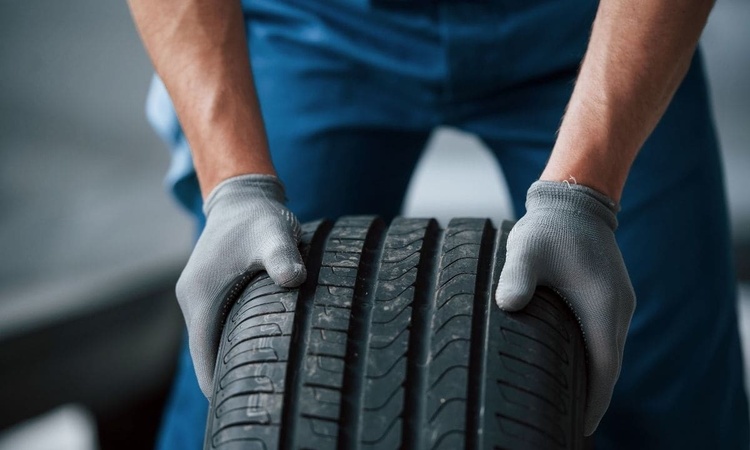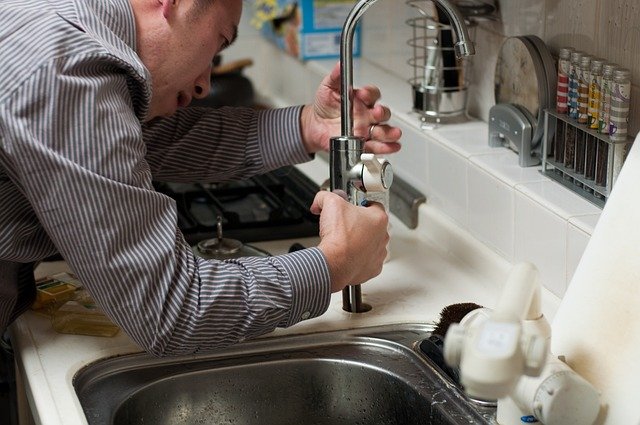Mobile stairlifts: practical options for home accessibility
Mobile stairlifts are portable devices designed to help people move between levels when permanent installations are impractical. They can be useful for short-term recovery after surgery, rental solutions, or where building modifications are restricted. This article explains how mobile stairlifts work, who can use them, factors to consider, and how they relate to mobility, wheelchair use, stairs, disability, and accessibility in your area.

This article is for informational purposes only and should not be considered medical advice. Please consult a qualified healthcare professional for personalized guidance and treatment.
How do mobile stairlifts support mobility?
Mobile stairlifts support personal mobility by providing an alternative to climbing stairs unaided. Unlike fixed stairlifts bolted along a stair rail, mobile units are often wheeled or modular, allowing them to be moved between homes or different staircases. For users with limited strength, balance issues, or progressive mobility loss, these devices reduce the physical strain of stairs and can extend independence in multi-level environments. Assessment by a mobility specialist helps match the device to the user’s weight, transfer ability, and home layout.
Can wheelchair users use mobile stairlifts?
Some mobile solutions are designed specifically for people who use wheelchairs, while others require the user to transfer from a wheelchair onto a seat. Wheelchair-accessible devices include platform lifts and stairclimbers with a secure platform large enough to accommodate a wheelchair. These options require careful evaluation of door widths, landing sizes, and step geometry. For many wheelchair users, a permanent platform lift or ramp is more suitable, but portable wheelchair lifts can provide temporary or rental accessibility where structural changes are not possible.
How do stairlifts handle different stairs?
Mobile stairlifts come in a variety of designs to suit straight, curved, or narrow stairs. Straight-stair portable units are the simplest and fastest to install, often clamping to the bottom and top steps or sitting on their own base. Curved stairs usually need custom rails for permanent stairlifts; mobile curved options are less common and may require professional adaptation. Stairclimber devices that strap to a wheelchair or sit-down stair climbers can negotiate short flights or individual steps but are not suitable for long continuous runs without breaks.
What disability considerations affect choice of lift?
Choosing a mobile stairlift involves assessing the nature of the disability, transfer ability, cognitive function, and support needs. Factors include whether the person can transfer independently or requires caregiver assistance, body weight and size limits, and the presence of conditions such as spasticity or unstable blood pressure. Safety features like harnesses, non-slip surfaces, and emergency stop controls are important. A formal assessment by an occupational therapist or mobility specialist helps ensure the selected device meets both clinical and daily living needs.
How do mobile stairlifts improve accessibility in your area?
Mobile stairlifts can increase accessibility in rental properties, temporary housing, or historic buildings where permanent alterations are restricted. Local services and equipment hire companies often provide assessment, fitting, training, and short-term rental options. For community venues and event spaces, temporary lifts can help meet accessibility needs for specific occasions. Integrating portable solutions with broader accessibility planning—such as route planning, signage, and staff training—makes environments more inclusive for people with varied mobility and wheelchair needs.
Before choosing a device, compare products and providers to understand features, availability, and approximate costs. The table below lists widely known providers and typical offerings to illustrate market options and common feature sets.
| Product/Service Name | Provider | Key Features | Cost Estimation (if applicable) |
|---|---|---|---|
| Portable stairlift / straight-stair model | Stannah (and authorised dealers) | Quick-install on straight stairs, folding seat, basic safety sensors | £500–£2,500 (purchase/rental ranges) |
| Rental stairlift (short-term hire) | Local mobility equipment hire companies | Short-term contracts, delivery and collection, adjustable fit | £20–£100 per week (typical rental rates) |
| Platform lift (portable wheelchair platform) | Handicare / specialist suppliers | Platform for wheelchair users, safety barriers, power-operated | £3,000–£8,000 (purchase) |
| Stairclimber wheelchair attachment | Bruno / Harmar dealers | Mechanical stairclimber for transporting a wheelchair up small flights | £1,000–£4,000 (depending on model) |
| Used or refurbished mobile units | Accredited re-sellers and charities | Lower-cost alternatives, inspected and refurbished units | £300–£1,500 (varies widely) |
Prices, rates, or cost estimates mentioned in this article are based on the latest available information but may change over time. Independent research is advised before making financial decisions.
Conclusion
Mobile stairlifts offer a flexible option to address stairs-related barriers for people with mobility limitations, wheelchair users, and those managing a disability. Selection depends on the staircase type, user needs, and whether a temporary or permanent solution is required. Professional assessment, comparison of local services, and consideration of safety features will help ensure the chosen device improves accessibility effectively and safely.






